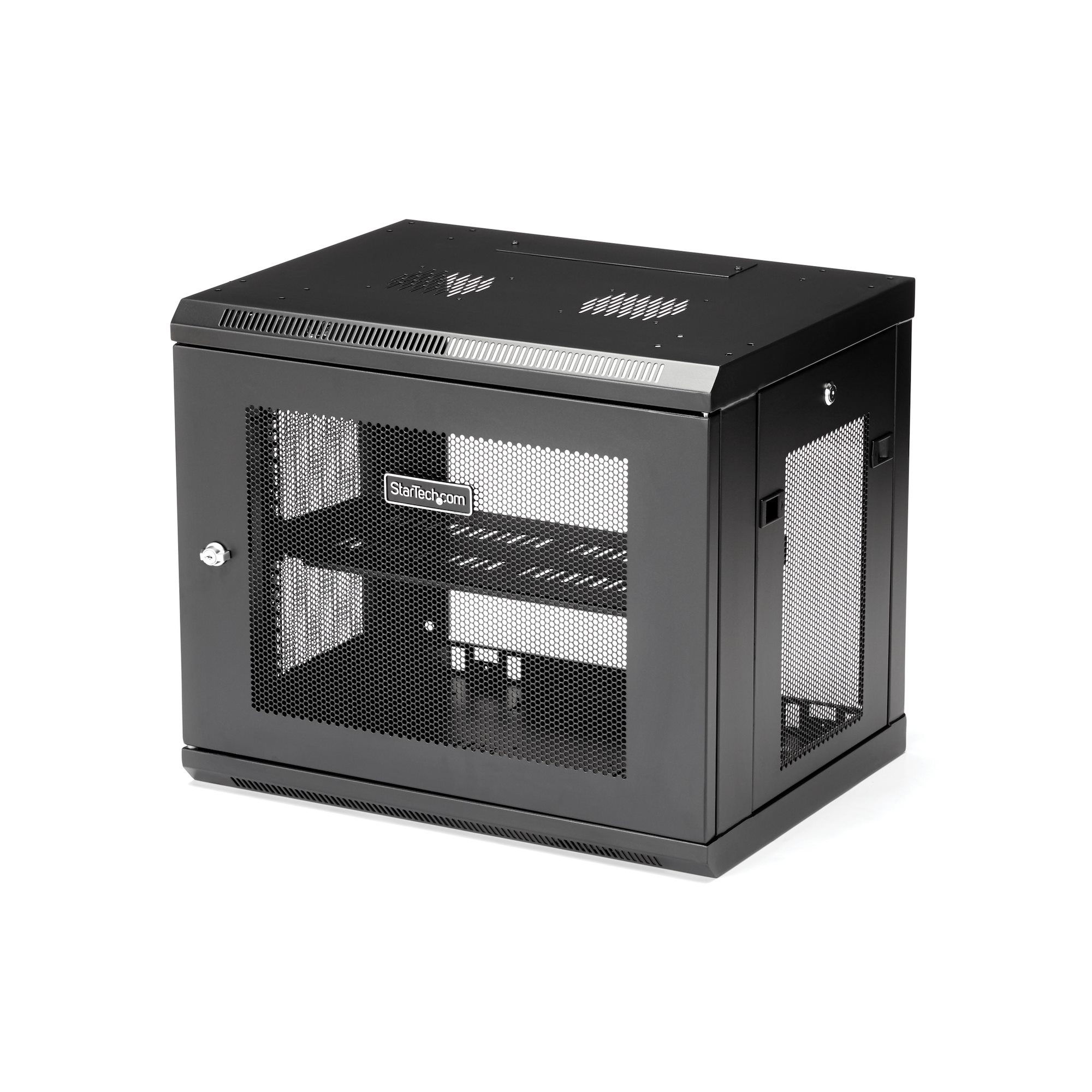Types of Home Data Cabinets in NZ: Home Data Cabinet Nz

Choosing the right home data cabinet in New Zealand is crucial for protecting valuable documents and electronic devices. The market offers a variety of options, each with its own strengths and weaknesses regarding material, security features, and environmental impact. Understanding these differences will help you make an informed decision.
Home Data Cabinet Types in NZ: A Detailed Overview
The following table Artikels the common types of home data cabinets available in New Zealand, detailing their materials, features, and price ranges. Note that prices are approximate and can vary depending on the specific model, retailer, and size.
| Type | Material | Features | Price Range (NZD) |
|---|---|---|---|
| Standard Steel Cabinet | Steel | Basic locking mechanism, shelving, often fire-resistant to a certain degree. | $100 – $500 |
| Fireproof Steel Cabinet | Steel with fire-resistant insulation | High fire resistance rating (e.g., 30 minutes, 60 minutes), locking mechanism, shelving. | $300 – $1500+ |
| Water-Resistant Steel Cabinet | Steel with water-resistant sealant | Protection against water damage, locking mechanism, shelving. | $200 – $800 |
| Fire and Water-Resistant Cabinet | Steel with fire and water-resistant materials | High fire and water resistance, locking mechanism, shelving. | $500 – $2000+ |
| Wooden Cabinet (Less Common for Data) | Wood (often treated) | Aesthetically pleasing, may offer some basic protection, typically not fire or water-resistant. | $100 – $400 |
Security Feature Comparison, Home data cabinet nz
The security features of home data cabinets are paramount for data protection. The following bullet points compare the security aspects of different models commonly found in New Zealand.
* Fire Resistance: Fireproof steel cabinets offer superior protection, with ratings indicating the duration they can withstand fire exposure. Standard steel cabinets offer some level of fire resistance, but it’s significantly less. Wooden cabinets offer minimal fire protection.
* Water Resistance: Water-resistant steel cabinets, treated with sealant, provide a degree of protection against water damage. Fire and water-resistant cabinets offer the most comprehensive protection. Standard cabinets and wooden cabinets are highly susceptible to water damage.
* Lock Mechanisms: Most cabinets use key locks, offering a basic level of security. Some higher-end models incorporate electronic locks with keypads or biometric access, enhancing security. The quality of the lock mechanism itself also influences the overall security.
Environmental Impact of Home Data Cabinet Materials
The environmental impact of home data cabinet materials is a growing concern. Steel, a commonly used material, is recyclable and has a relatively low environmental footprint compared to some other materials. However, the manufacturing process still consumes energy and resources. Wooden cabinets, while potentially sustainable if sourced from responsibly managed forests, are generally less durable and less resistant to environmental hazards than steel. The use of fire-retardant chemicals in some cabinets can also pose environmental challenges. Choosing cabinets made from recycled steel or those with minimal use of harmful chemicals contributes to greater environmental sustainability.
Choosing the Right Home Data Cabinet for Your Needs

Selecting the ideal home data cabinet involves careful consideration of several key factors to ensure it meets your specific needs and budget. This decision shouldn’t be rushed; a well-chosen cabinet will provide years of reliable service and protect your valuable data. Failing to properly assess your requirements can lead to insufficient storage, compromised security, or even wasted space.
Decision-Making Flowchart for Home Data Cabinet Selection
A structured approach simplifies the selection process. The following flowchart guides you through key considerations:
Home data cabinet nz – Start
↓
Assess Data Storage Needs (TB): Low (0-2TB), Medium (2-5TB), High (5+TB)
↓
Determine Security Requirements: Low (basic protection), Medium (lockable cabinet, fire resistance), High (advanced security features, environmental control)
↓
Set Budget: Low, Medium, High
↓
Cabinet Size and Configuration: Based on storage needs and space availability. Consider rackmount vs. desktop, depth, and number of shelves.
↓
Material and Features: Steel, wood, plastic; ventilation, cable management.
↓
Final Selection: Choose the cabinet that best meets all criteria.
↓
End
Measuring Space and Identifying Placement Challenges
Accurate measurements are crucial. Before purchasing, meticulously measure the available space, considering: width, depth, and height. Account for any obstructions like pipes, electrical outlets, or existing furniture. In New Zealand homes, common placement challenges include limited floor space, especially in smaller apartments or older houses with less open-plan designs. Consider the weight of the cabinet when choosing a location; ensure the floor can support it. Also, think about cable routing – allow sufficient space for easy access to the rear of the cabinet for connections and maintenance. Poor cable management can lead to overheating and operational issues.
Comparison of Home Data Cabinet Sizes and Configurations
The following table compares different cabinet sizes and configurations, highlighting their pros and cons:
| Size/Configuration | Pros | Cons |
|---|---|---|
| Small Desktop Cabinet (e.g., 6U) | Compact, affordable, suitable for limited storage needs. | Limited storage capacity, may not offer robust security features. |
| Medium-Sized Rackmount Cabinet (e.g., 12U) | Moderate storage capacity, good balance of size and features, suitable for many home setups. | Requires more floor space, may be more expensive than smaller options. |
| Large Rackmount Cabinet (e.g., 24U+) | High storage capacity, can accommodate extensive network equipment, excellent for large collections of data and devices. | Requires significant floor space, higher cost, may be overkill for smaller home networks. |
